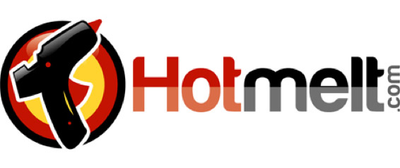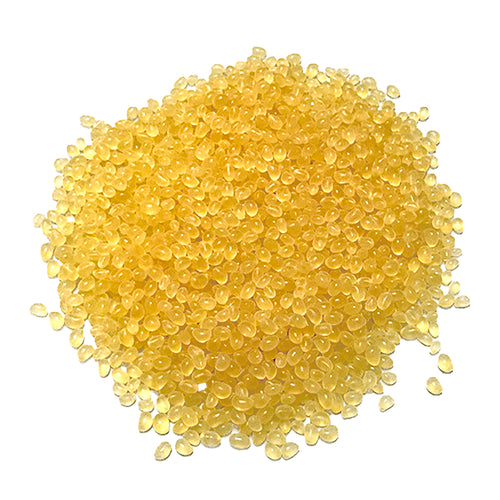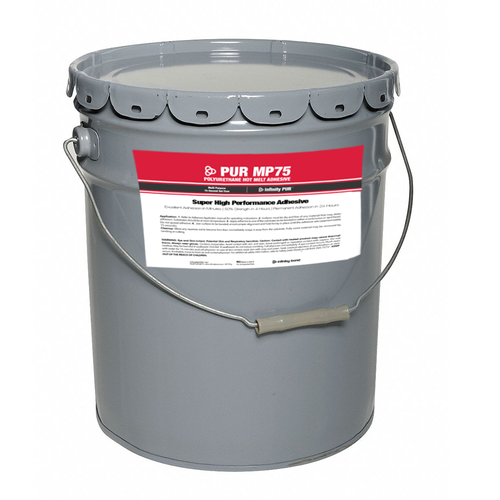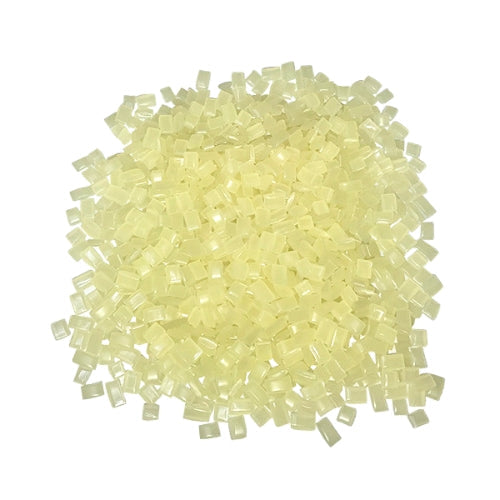September 12, 2024
Hot melts are thermoplastic glues that are solid at room temperature. They are melted by heat to a liquid from and then applied to the substrate. The hot melt will then solidify to form a bond between the substrates.
Hot melt glues are a versatile type of adhesive that is particularly popular for packaging applications. They were created to solve the issue of water-based adhesives that were failing in humid environments.
The Different Types of Hot Melt Adhesives
Hot melts include a diverse collection of adhesives. There are several different kinds of hot melt glues, and each has their own advantages and disadvantages. If you are looking for a hot melt for your application, it is important to understand these differences to ensure you choose the right type of hot melt adhesive.
Ethylene Vinyl Acetate (EVAs)
EVA adhesives are the most common type of hot melt glue. They are a copolymer adhesive and bond well to cellulosic materials. As a result, they are commonly used in paper, packaging, and assembly applications.
Compared to other kinds of hot melt adhesives, EVAs can bond to a more diverse number of substrates and have one of the widest temperature ranges. Even better, EVAs also tend to be the cheapest kind of hot melt.
Amorphous Poly Alpha Olefin (APAOs)
In their truest form, APAO hot melts are made up entirely of propylene, but they are also often combined with Ethylene or Butene-1 to change the characteristics of the adhesive. Compared to traditional hot melts, they are known for their high heat resistance. APAOs can also be formulated to have desirable properties like cold resistance and long open times.
Polyamides (PAs)
Polyamide hot melt adhesives are also known for their high heat resistance, but they can be expensive compared to other types of hot melt glues like EVAs. They also tend to have a high resistance to oil and chemicals, so they are desirable in applications where these properties are necessary such as in automotive assembly.
Polyurethane (PUR)
One of the biggest benefits of PUR hot melts are their great strength. Unlike traditional hot melts, PUR hot melts will react with moisture in the air and undergo a chemical change instead of just a thermal bond. As a result, the bond will continue to strengthen over the next 24 hours. This property makes them stronger than traditional hot melt, but they tend to also be more expensive.
Metallocene
Metallocene hot melts are made from metal-catalyzed polyethylene. What makes them unique is that they are less dense and voluminous than other hot melts. As a result, less glue is required to create an optimal strength and lasting bond. They also have a long pot life, produce minimal odor, and lead to little stringing.
Choosing the Right Type of Hot Melt Glue
Different hot melts have different purposes. Now that you know more about the different hot melt glue types, you may have a better idea of what you need for your application. You should keep in mind your production process, substrates, environmental factors, and budget.
If you still need help, you are in luck. We have adhesives experts you are able to offer guidance and point you in the right direction. Get a product recommendation today.
















